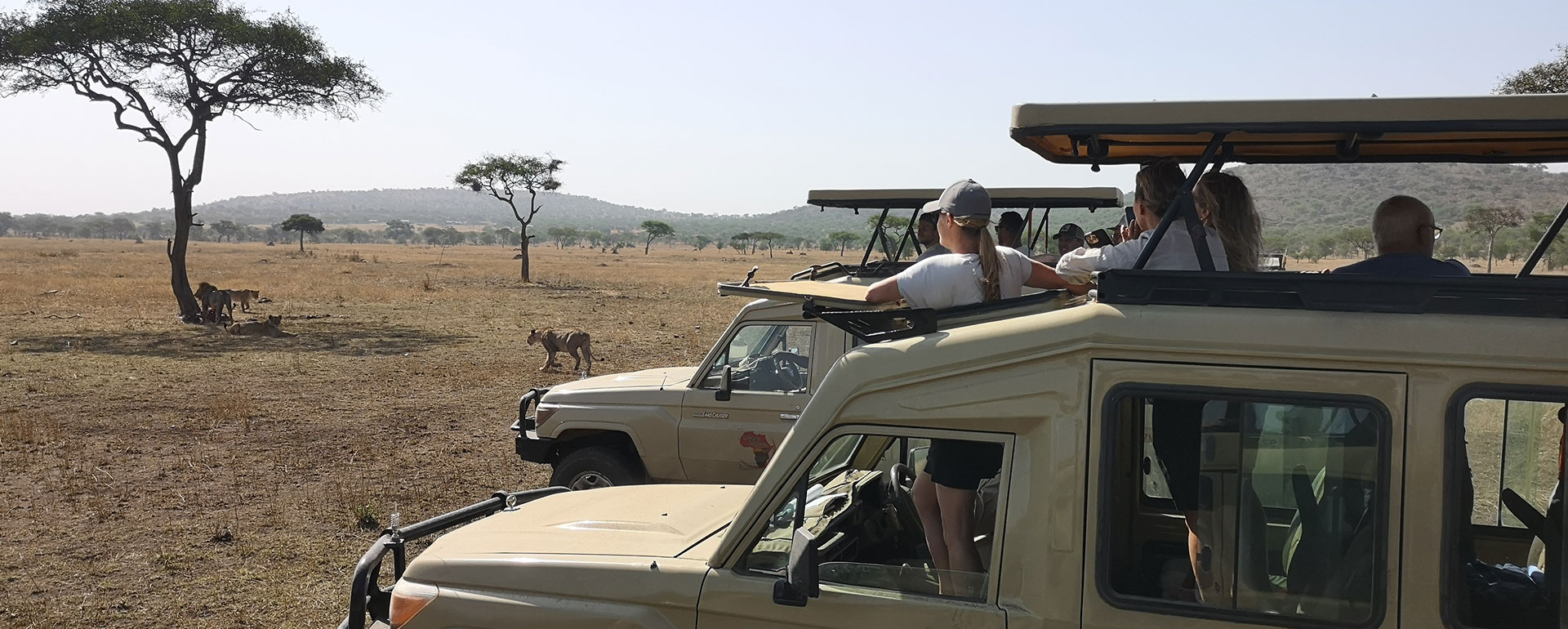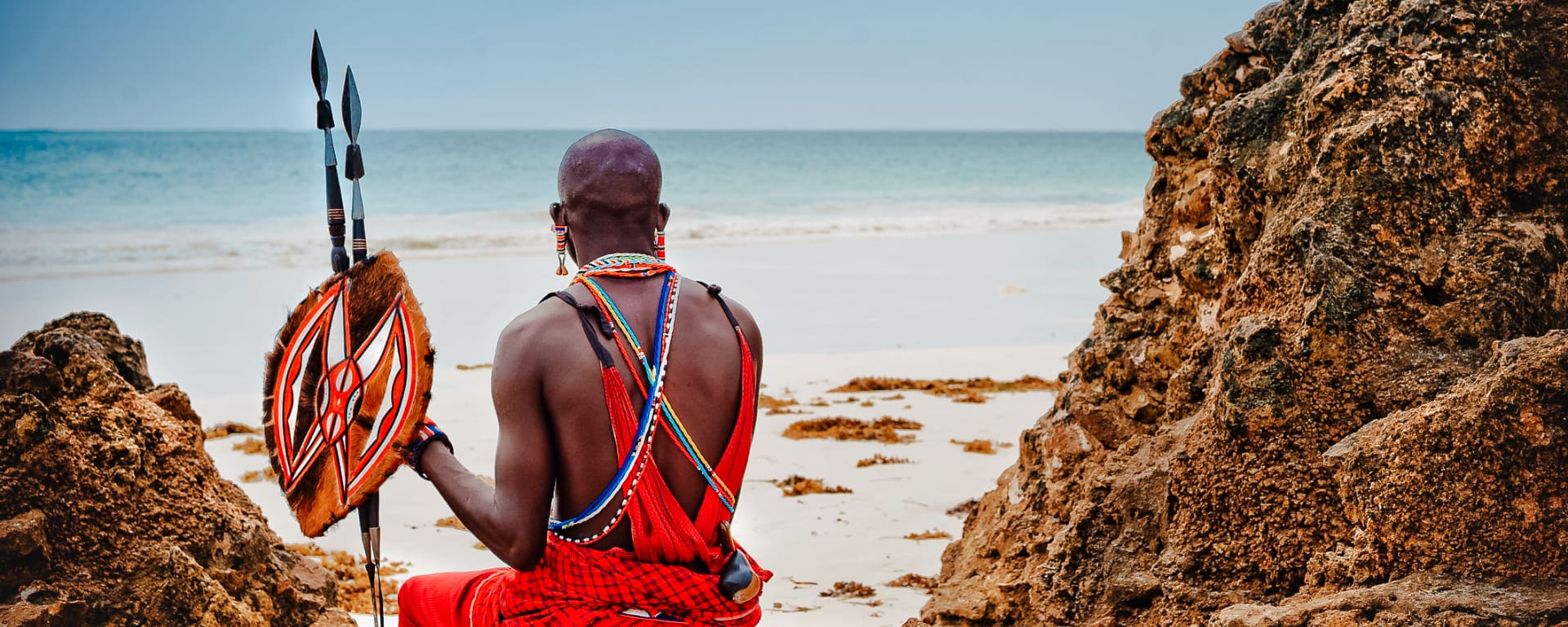Where To Stay On Your Next Tanzania Safari Adventure? Tanzania is a country with a…

Walking Safaris in Tanzania
Walking Safaris in Tanzania
A walking safari is a unique and exciting way to experience Tanzania’s wildlife and natural beauty. This type of safari allows you to get up close and personal with the animals and provides a more immersive and intimate experience compared to a traditional game drive. Here’s everything you need to know about a walking safari in Tanzania.
What is a Walking Safari?
A walking safari is exactly what it sounds like—a safari on foot. Instead of driving through the parks in a vehicle, you’ll walk through the bush with an experienced guide. Walking safaris can last from a few hours to several days and typically cover shorter distances than traditional game drives. The pace is slower, allowing you to take in the sights, sounds, and smells of the bush in a more immersive way.
Walking safaris are usually conducted in small groups, with a maximum of six people per group. This allows for a more personalized experience and gives you the opportunity to ask questions and learn more about the wildlife and ecosystem.
Why Choose a Walking Safari?
A walking safari is an excellent choice for those who want to experience the African bush in a more intimate and authentic way. Walking safaris provide a unique perspective on the Tanzania wildlife and natural environment, allowing you to see and experience things you wouldn’t be able to from a vehicle. You’ll have the opportunity to learn about the flora and fauna and gain a deeper understanding of the delicate balance that exists in the ecosystem.
Walking safaris are also a great way to get some exercise and fresh air while on safari. Walking through the bush is a low-impact activity that can be enjoyed by people of all fitness levels.
Where to Go for a Walking Safari in Tanzania?
Tanzania is home to some of the best walking safaris in Africa, with a range of parks and reserves that offer this unique experience. Some of the top Tanzania safari destinations for a walking safari include:
Serengeti National Park: Known for its vast grasslands and abundant wildlife, the Serengeti is a popular destination for walking safaris. Walking safaris in the Serengeti typically take place in the park’s more remote areas, away from the crowds.
Tarangire National Park: With its vast baobab forests and large herds of elephants, Tarangire is an excellent destination for a walking safari. Walking safaris in Tarangire typically take place along the Tarangire River, where you’ll have the opportunity to see a variety of wildlife up close.
Ngorongoro Conservation Area: The Ngorongoro Crater is one of Tanzania’s most iconic destinations, and a walking safari here is a unique experience. Walking safaris in the Ngorongoro Conservation Area typically take place on the crater rim, with stunning views of the crater below.
Selous Game Reserve: The Selous is one of Africa’s largest game reserves, and a walking safari here is a true wilderness experience. Walking safaris in the Selous typically take place along the Rufiji River, where you’ll have the opportunity to see a variety of wildlife and birdlife.
What to Expect on a Walking Safari?
A walking safari typically begins early in the morning when the weather is cool and the wildlife is most active. You’ll meet your guide and set out on foot, following a carefully planned route through the bush. Your guide will lead the way, pointing out tracks and signs of wildlife and sharing their knowledge of the ecosystem.
Walking safaris usually last for a few hours, with breaks for water and snacks along the way. The duration of the walk may vary depending on factors such as the park or reserve you are visiting, the terrain, and the pace of the group. Some walking safaris may be shorter, lasting a couple of hours, while others can be longer, lasting half a day or even a full day.
During breaks, it’s essential to stay hydrated and refuel with snacks or meals provided by your guide or brought along with you. Tanzania can get hot, so drinking plenty of water is crucial to avoid dehydration. Snacks like energy bars, nuts, and dried fruits are good options to keep your energy levels up during the walk.
It’s also important to take rest breaks when needed, especially in the heat or if the terrain is challenging. Your guide will likely choose rest spots that are safe and provide shade, and you should follow their instructions and advice.

Walking safaris are typically conducted in small groups, led by experienced guides who are knowledgeable about the environment and wildlife. They will provide information about the flora, fauna, and local culture, making it an educational experience as well. It’s important to listen to their instructions and follow their guidance at all times to ensure a safe and enjoyable walking safari.
In addition to water and snacks, you should also carry any other essentials you may need, such as sunscreen, insect repellent, a hat, and a camera to capture the breathtaking moments of your walking safari in Tanzania. Being prepared and following the advice of your guide will help you make the most of your walking safari experience and create lasting memories of exploring Tanzania’s wilderness on foot.



